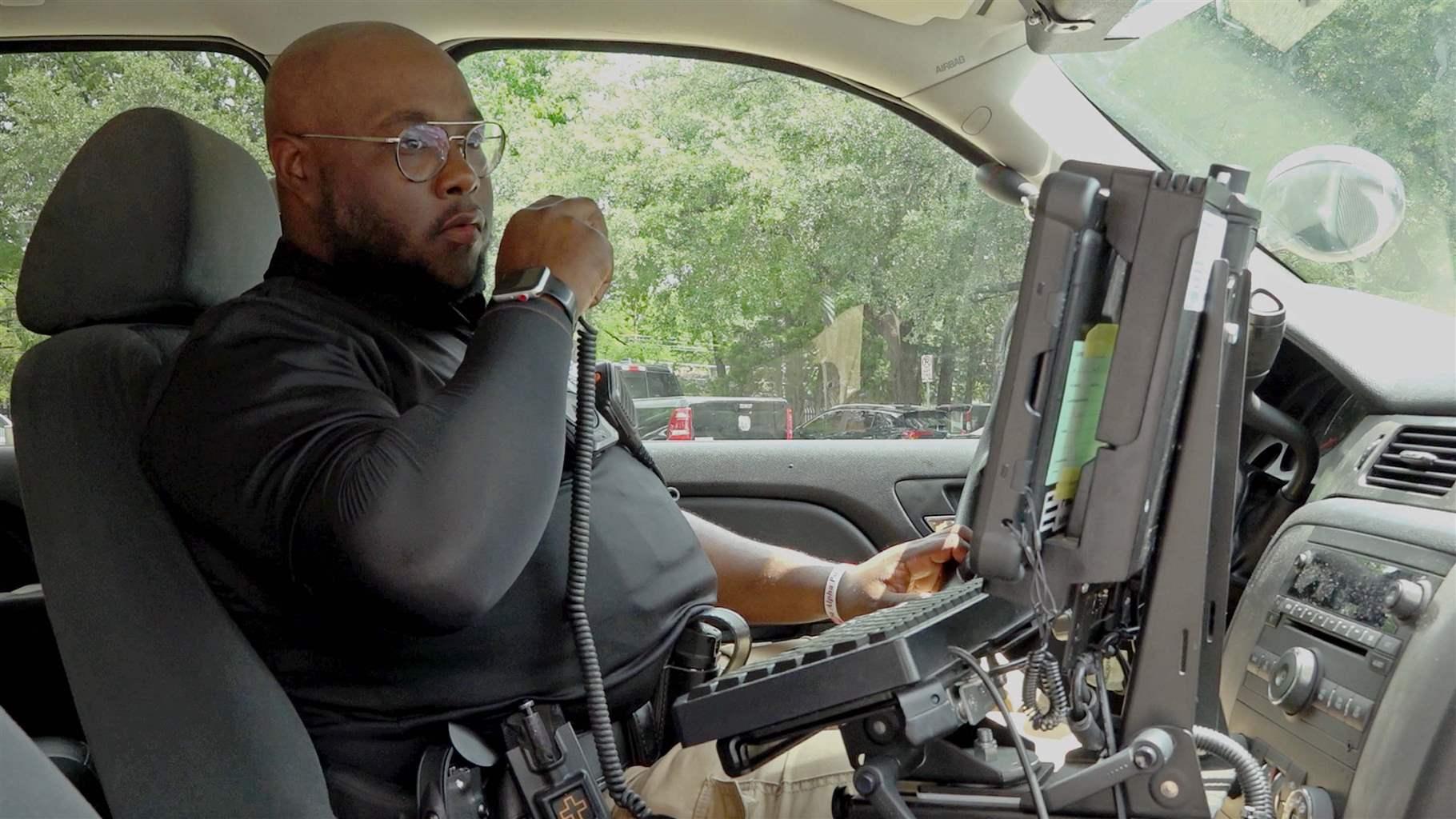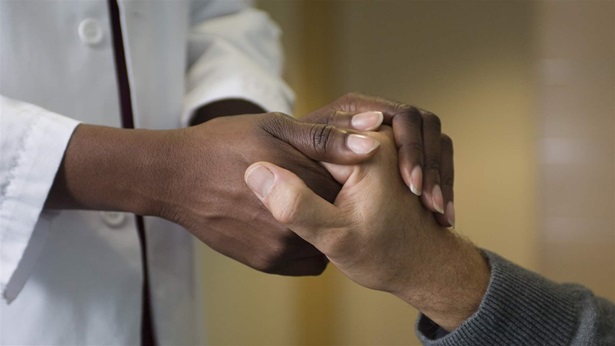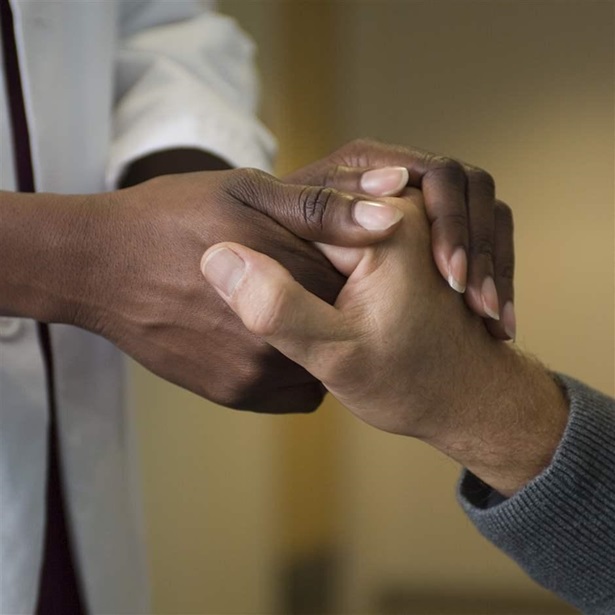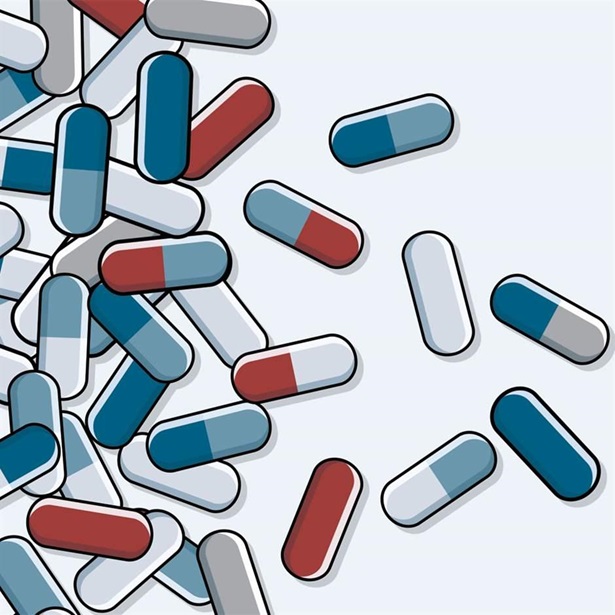Dallas Program Shows Signs of Effectively Navigating Behavioral Health Emergencies
Pew and partners examining opportunities to replicate the multidisciplinary approach in other Texas communities

When a person is in mental health or substance use crisis, most communities dispatch law enforcement officers, who often lack the training or resources needed to effectively manage the situation. Too often that results in jail time or a trip to an overburdened emergency room—and a missed opportunity to deliver needed care. Some communities do not send police officers to calls deemed to be low safety risks, but that approach doesn’t address instances in which public safety concerns are immediately evident or are raised unexpectedly. Ultimately, neither scenario is sufficient.
Now a new report from the Meadows Mental Health Policy Institute, developed in partnership with The Pew Charitable Trusts, details a model that goes beyond the limitations of those options and has shown promising signs in Texas.
The model, known as Multi-Disciplinary Response Teams (MDRT), takes a health-first approach to calls involving people with mental health or substance use disorders. The community paramedicine approach brings together licensed mental health professionals, paramedics, and specialized law enforcement officers to better address the health care or social needs that are often front and center in these emergencies. At the same time, they can ensure the safety of the person in crisis, others involved, and the responders themselves.
Dallas began piloting the MDRT approach in 2018 with its Rapid Integrated Group Healthcare Team, or RIGHT Care. Its teams—made up of three units, each consisting of a paramedic, a mental health clinician, and a trained police officer—were first assigned to the district that had generated the most 911 mental health calls in Dallas. According to the Meadows study, the RIGHT Care teams responded to 6,679 calls from Jan. 29, 2018, to June 7, 2020. The analysis finds that:
- 40% resulted in a connection to some sort of community service, such as a referral to health or housing services.
- 29% were resolved on scene with no further services needed.
- Only 14% resulted in emergency detention.
- 8% resulted in a person being taken to a hospital or psychiatric facility.
The data demonstrates RIGHT Care’s ability to connect people in behavioral health crisis with needed care and services. Doing so helps to minimize the number of arrests and transports to jails or emergency departments. For instance, the report notes that 130 of the team’s responses—only 2%—resulted in arrests for new offenses. And although all mental health visits to the emergency department at Dallas’ Parkland Hospital increased by 30% from 2017 to 2019, areas served by RIGHT Care saw a 20% decrease in mental health-related admissions.
In addition to the on-patrol three-member units, Parkland provides the RIGHT Care team with licensed mental health professionals to assist with navigating 911 calls involving behavioral health crises. That’s important, because recent research by Pew suggests that few 911 call centers have staff with the training or resources needed to manage these calls and dispatch appropriate responses. Dallas’ initial success shows how a properly resourced call center can improve outcomes.
Based on the positive data from Meadows—a Dallas-based, data-driven nonprofit focused on providing efficient behavioral health care to Texans when and where they need it—city officials earlier this year expanded RIGHT Care throughout the city. They added two new teams, increasing active units from nine three-person units to 15, and moving closer to the goal of RIGHT Care responding to 40% of mental health calls in the city. Meanwhile, Pew and Meadows are partnering to identify other opportunities to launch an MDRT approach elsewhere in Texas, possibly in Galveston, San Antonio, and El Paso.
Every community presents unique challenges and opportunities, but Dallas’ experience can help policymakers elsewhere. Pew is also exploring other promising approaches to help communities seeking guidance on how to manage these types of emergency calls, respond to them appropriately, and effectively connect people to the care they need. For Pew, those visions for change should be rooted in five core elements that are essential to effective crisis response systems. To work, the systems need to be:
Accessible. Whether an incident relates to mental health, substance use, a disability, homelessness, or any other health-related crisis, people should have clear emergency call options to receive predictable responses that include alternatives to police.
Coordinated. There should be seamless connections among law enforcement, emergency medical services, and behavioral health professionals so that they can respond collaboratively or separately based on a given situation and the specialties of their units.
Informed. Interactions with people in crisis and outcomes should be examined by documentation of these encounters, analysis of the data, and reporting of the findings to appropriate local and state authorities. These analytics should be considered essential for ongoing quality improvement that can help save lives and make emergency responses more efficient, productive, and equitable.
Appropriate. The needs of a person in behavioral health crisis should drive the crisis response, which must include efforts to minimize the chance of anyone being harmed.
Equitable. Response strategies for behavioral health crises should take into account the unique needs of diverse populations and provide fair and consistent approaches. Staffing and training should foster appropriate responses for people from diverse cultural, racial, ethnic, and linguistic backgrounds.
Tiffany Russell directs The Pew Charitable Trusts’ mental health and justice partnerships project.


America’s Overdose Crisis
Sign up for our five-email course explaining the overdose crisis in America, the state of treatment access, and ways to improve care
Sign up

States Have Not Supported 988 Behavioral Health Lifeline












